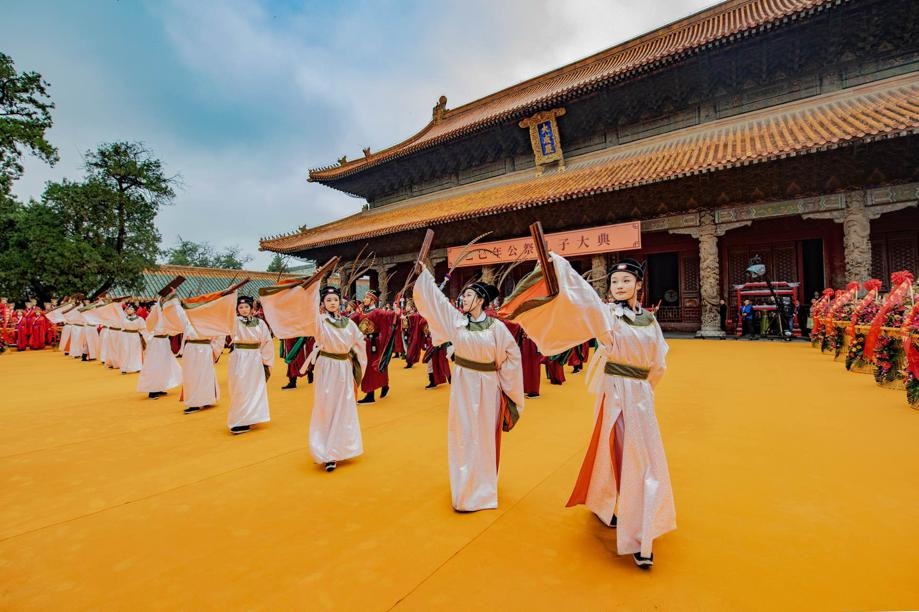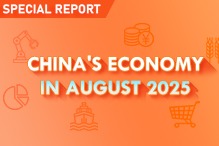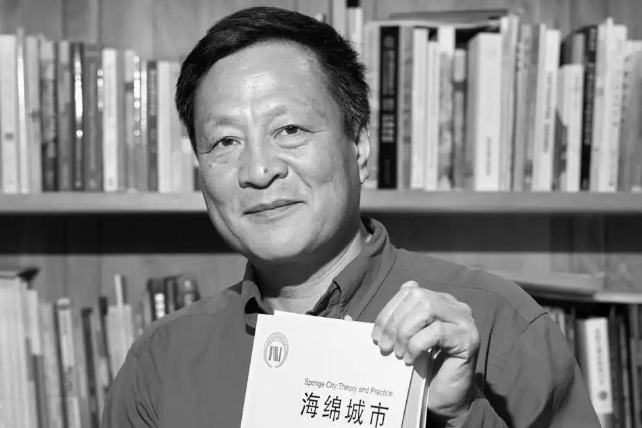China's Epic Journey from Poverty to Prosperity

3. Coordinated Development Across Regions
China has a vast territory and a large population, and its natural resources vary greatly from region to region, resulting in developmental imbalances. Following decades of hard work, substantial progress has been made in coordinating the development of different regions. Major initiatives have been implemented to support the pioneering role of the eastern region, develop the western region, revitalize the northeast, and spur the rise of the central region. In addition, new regional strategies-to coordinate development in the Beijing-Tianjin-Hebei Region, develop the Yangtze River Economic Belt, build the Guangdong-Hong Kong-Macao Greater Bay Area, integrate development in the Yangtze River Delta, and strengthen eco-environmental conservation and high-quality development in the Yellow River Basin-have achieved substantial success. The strategic and institutional framework for functional zoning has improved.
These initiatives and strategies have resulted in a better configuration of China's territorial space, with clearly defined functions for each area, and reinforcing connectivity and complementarity between the regions.
The new regional strategies have yielded concrete results in coordinated regional development. China has taken solid steps to coordinate development in the Beijing-Tianjin-Hebei Region. To this end, it has carried out the following initiatives:
・ developing the Xiong'an New Area in Hebei and the Beijing Municipal Administrative Center in eastern suburban Beijing;
・ building an integrated rail network in the region;
・ integrating the prevention, control and treatment of pollution;
・ facilitating industrial upgrading and relocation;
・ optimizing the regional mechanism for coordinating development;
・ providing equal access to basic public services.
Orderly progress has been achieved in relieving Beijing of functions that are not essential to its role as the national capital. Spatial and economic configuration has been improved to make the region more dynamic.
In developing the Yangtze River Economic Belt, China has prioritized eco-environmental conservation and green development, and stepped up joint efforts to prevent overdevelopment. It has applied measures of unprecedented intensity, scale and impact to restore ecosystems and make economic and social development more eco-friendly in the Yangtze River Basin. As a result, the region's eco-environment has improved considerably, as has its economic and social development.
China has made steady progress in developing the Guangdong-Hong Kong-Macao Greater Bay Area, and in expanding infrastructure and policy connectivity between the three locations. The composite strength of the area has been reinforced through expanding regional cooperation and building an open economy aligned with international standards.
The integration process in the Yangtze River Delta involves policy coordination, industrial cooperation, co-development of infrastructure, a rational division of functions, and shared access to public services. The region has developed into a dynamic growth pole in China and a national pacesetter in high-quality development, integrated regional development, modernization, reform and opening up in the new era.
The Yellow River Basin has made solid initial progress in eco-environmental conservation and high-quality development through restoring ecosystems and transforming growth drivers. The region is reinforcing its role as a major ecological shield and forming a distinctive economic configuration that taps into local strengths.
The eastern, central, western and northeastern regions of the country are developing in tandem, and land and marine development is better coordinated. The western region has significantly improved its infrastructure and eco-environment. It actively takes over industries relocated from the eastern region. Priority has been given to areas with comparative strengths and to the protection of eco-environmental functional zones. In 2020, the share of China's GDP contributed by the western region was 3.1 percentage points higher than in 1999.
Northeast China has moved faster to modernize its economy and transform resource-exhausted cities. The region has expanded high-quality agriculture and equipment manufacturing, and boosted ice and snow tourism and eco-tourism. It has brought new vitality to old industrial bases, and improved the business environment.
The central region has seen a further increase in its contribution to the national economy. It has consolidated its status as a base for grain production, energy resources, modern equipment manufacturing, and high-tech industries, and also as a comprehensive national transport hub. The region is playing a greater role in new urbanization and industrialization, and fostering new drivers of growth for China's economic modernization.
The eastern region has continued its role as a testing ground for reform and opening up, and maintained its strengths in innovation, modern manufacturing, and high-end services. It has increased investment in scientific and technological innovation, expedited the transformation and upgrading of industries and growth drivers, and accelerated the growth of strategic emerging industries. It has made remarkable progress in building pilot free trade zones and pilot reform zones for all-round innovation, modernizing its economy and society, and strengthening its international competitiveness.
China's marine economy continues to strengthen through better planning. New breakthroughs have been made in indigenous innovation in marine science and technology. The marine eco-environment is better protected. Opening up and cooperation in marine development is expanding. All this has laid a solid foundation for developing China's marine economy.
IV. Prosperity Through Hard Work
China has achieved moderate prosperity in all respects through the consistent hard work and wisdom of the Chinese people. When the PRC was founded, it was a war-torn country mired in poverty. The CPC has united and led the Chinese people in rebuilding the country from scratch through self-reliance and hard work, achieving the moderate prosperity to which they have aspired for thousands of years, and creating a better and moderately prosperous life.
- Hong Kong residents snap up tickets to tour PLA Navy ships
- Domestic, overseas holiday bookings see strong growth
- CPC Central Committee to hold plenum
- Xi: Further adapt religions to Chinese context
- Greece shares flavor of top alcoholic exports at expo
- Holiday travelers urged to give safety top priority




































